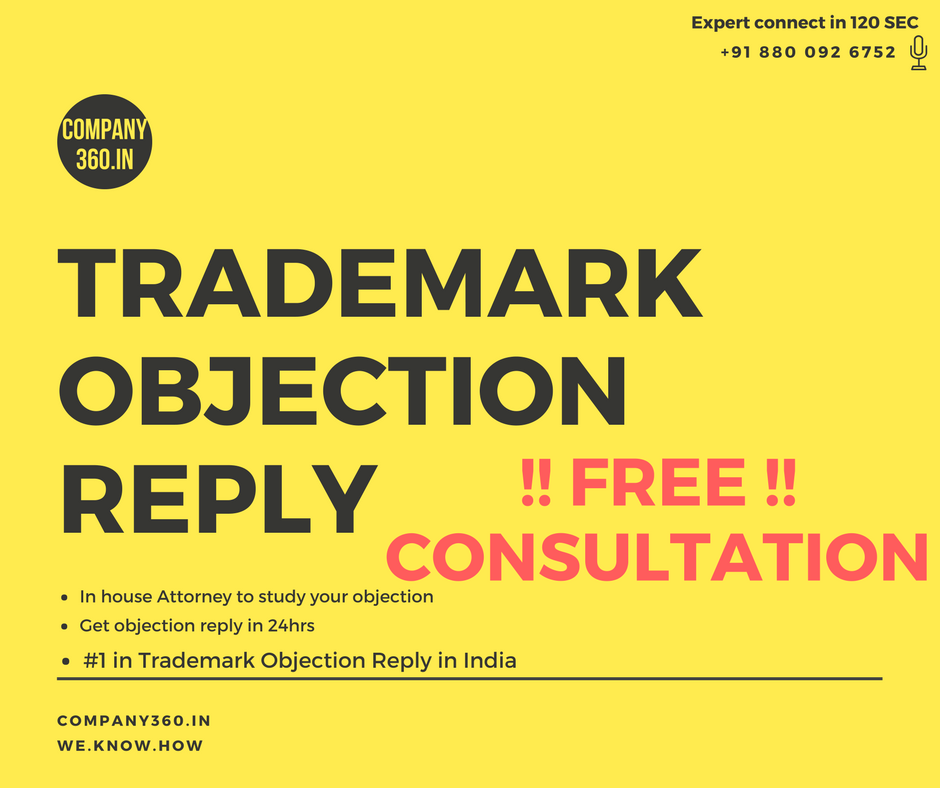
image source : https://www.picturequotes.com
People think its no big deal to file for trademark registration, it’s just a simple application and any lawyer charging lowest professional fee may work out for you. And yes it works but usually ends you up in a useless trademark or worst a lawsuit. In this pose we will understand and deep dive how lack of proper understanding of about trademark law can cost you way too much then pennies saved
1) Not conducting a thorough search:
Be it exact word, descriptive word, similarity search or phonetic search. Thumb rule search is really important. You must have good understanding of Trademark law and use that knowledge when you search. This is no domain registration, which you grab on first come first serve basis.
2) Not keeping track of Application status:
Trademark registration follows a specified process below is tabulated list as your trademark progresses
2.1) Formalities check pass:
Meaning the filed Trademark application do not have any fundamental or gross error and has been taken on record.
2.2) Vienna codification:
This appears in case where Trademark application is filed in respect of a Logo or Device mark. This is actually a stage where your logo is codified in accordance to the shapes involved in Logo.
2.3) Marked for examination:
This is the stage where your Trademark application is in queued for examination, Once this stage appears the applicant should regularly check its application because it’s an indication that very soon examination report will be issued.
2.4) Objected/Examination:
This means the examination report is issued and now it’s time to file a reply for the same. And deadline for filing the reply is 1 month from the date of issuance of the examination report. In case you’ve missed it your status will be soon changed to abandoned.
2.5) Advertised before Acceptance:
This means your examination is complete your Trademark application is now advertised in Trademark journal, which is now open to objections from public.
2.6) Opposed:
This mean your application is now opposed by someone else and now you need to file a reply against their objections. In case you failed to do so, the examiner will remove your mark from the Trademark register.
2.7) Registered:
This means your trademark application has crossed all hurdles and now you are a proud owner of a registered brand name.
3) Filing stage precaution:
i) Entry of correct proprietor is really really important: Generally even a seasoned lawyer might commit this clerical error,that is filing the name of Authorized signatory as proprietor instead of name of company in both the applicant name and trading as category. (In case of legal entity as an applicant).
This mistake do not hamper the substantive examination of the trademark application, but later on may hamper the peace of applicant in case he proceeds with assignment of trademarks and other procedures that might arise in ordinary course of business.
ii) Filing wrong description: The description of any goods or service must be in sync with nice classification.
Many of these mistakes can be avoided if you have good knowledge of process and law. Else they come in notice of the applicant only during the examination stage. And each of these mistakes cost additional fee to be paid in order to be rectified, by way of filing TM-16 form. As a rule of thumb spending some time initially can be very fruitful in later stages.
Most of the time this leads to issuance of further examination report once these errors are taken on record, which is substantive examination.
The applicant than suffers a loss of additional time and fees because of these clerical errors.
iii) Not noting down Renewal due date: In case your trademark is registered you have to file a renewal after 10 years from Date of Application, As generally this window is wide and people to tend to forget about renewing their Registered trademark. Which than attracts late fees if not file within 6 months to 1 year from due date.









